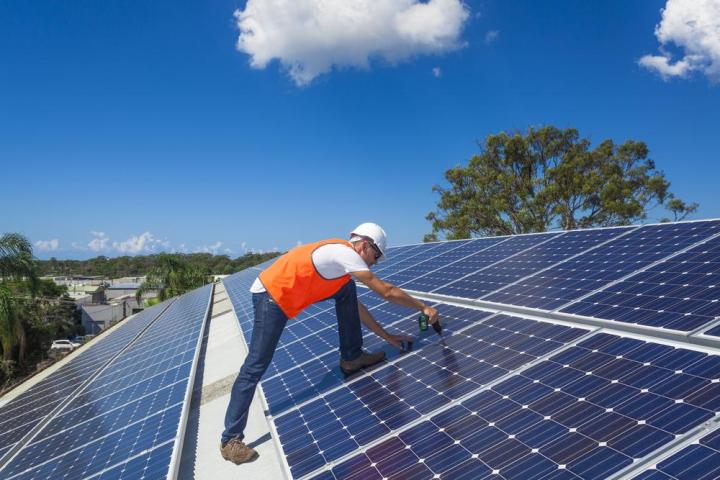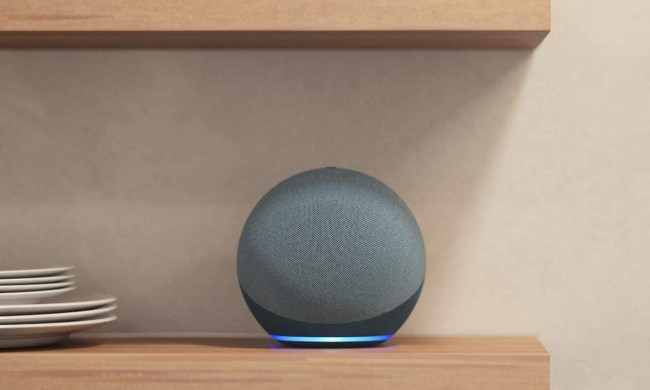
This new fund will go toward financing the installation of residential solar panels in 14 different states, making it possible for even more homeowners to get solar energy systems on their roofs without paying any upfront cost. Instead of homeowners buying panels themselves, SolarCity installs them for free and charges the user a monthly fee for the electricity the panels produce. This type of deal is known as a power purchase agreement, and in some cases can actually be cheaper than buying power from your local utility provider.

This isn’t the first time Google and SolarCity have joined forces on such a project, either. Google committed $280 million to a similar solar installation fund created by SolarCity back in the summer of 2011, which was one of the first times that a large corporate entity (other than a bank) agreed to invest in solar energy projects.
So while this new fund isn’t necessarily groundbreaking, it does illustrate just how much momentum is behind the solar panel industry right now. Last year, solar energy represented over a third of all new electricity in the U.S., and analysts predict it could grow to over 40 percent in 2015. The solar industry also employs more than twice as many workers as the coal industry nowadays — a strong sign that renewable energy is slowly but surely rising to power.



